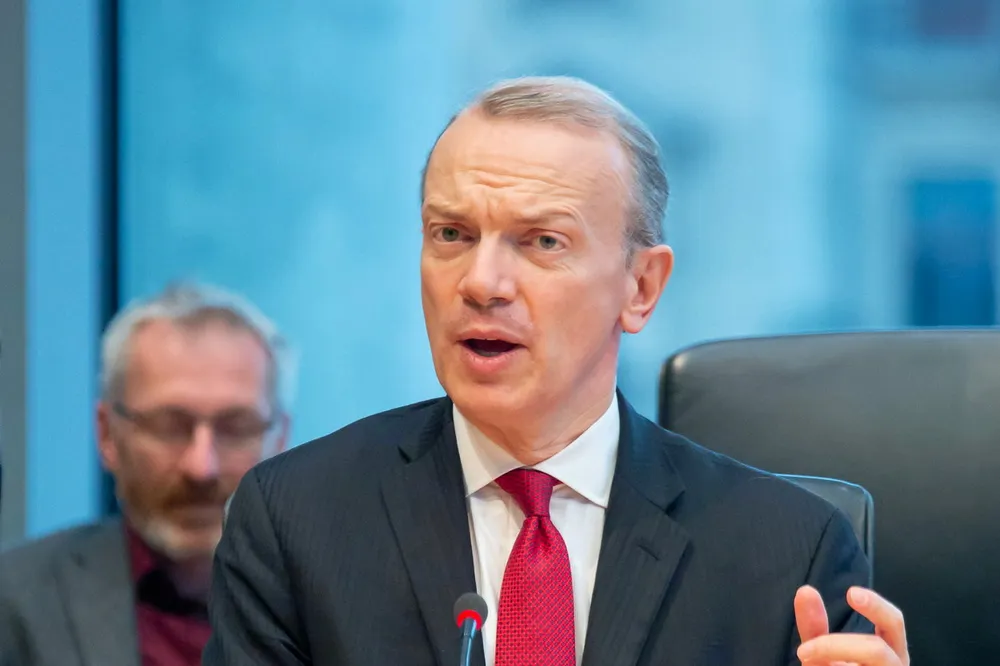Is the era of massive offshore wind bidding over after low-key Dutch auction?
ANALYSIS | Across-the-board cost increases dampen willingness to pay for North Sea acreage as only few bids come in for Ijmuiden Ver

This year’s giant offshore wind tender in the Netherlands may have been a turning point for the industry.
But none of that happened.
SSE and the funds won with a financial bid of only €1m per year of operation, or €40m over the entire maximum period of operation, and even the CIP-Vattenfall JV was successful in offering a €20m per year, or €800m over 40 years. Both groups will also have to reimburse the state for environmental assessments to the tune of about €20m.
In part, the outcome can be explained by the fact that qualitative criteria such as sustainability, system integration and innovation in the Dutch auction counted for a lot under the tendering mechanism.
But more difficult market conditions probably were the most important factor.
“The fee paid by the players in the Netherlands is an example of that.”
Wind turbine prices, which are the biggest component of project Capex costs, have risen by 30-40%, Barla pointed out. Add to that an increase in financing costs by up to 400 basis points, future uncertainty about power prices, tighter commissioning timelines before 2030 posing supply chain challenges, and the lower bidding price compared to the 2023 German tenders can be explained.
Negative bidding worsens the financial outlook for the Dutch projects, WindEurope CEO Giles Dickson said. “And many developers opted out of bidding for this reason,” he reckoned.
In part, that had already become clear before the results were announced.
Eneco and Equinor opted out
The Dutch government was lucky the tender didn’t flop altogether. Only three bids were handed in, official data shows.
The time of excessive lease fees for offshore wind acreage may be a thing of the past.
“Future auctions must consider the business case for big offshore wind projects,” WindEurope’s Dickson said.
The Dutch government seems to realise this as well.
“Over the past year, market conditions for offshore wind energy have deteriorated. For one thing, costs (including interest, materials, equipment and labour) have risen, and for another, revenues are more uncertain due to lagging expected electricity demand trends,” (outgoing) Dutch energy minister Rob Jetten acknowledged in a letter to parliament in late May.
“As a result, financial risks have increased and the business case has deteriorated,” he said, adding that only a few developers had applied for the Ijmuiden Ver Alpha and Beta sites.
While the Netherlands still will need to increase the supply of domestic renewable energy, a different approach to licensing “may temporarily be needed”, Jetten said.
For next year’s offshore wind tender, also for 4GW, Jetten still plans to opt for a system that mixes qualitative criteria and a financial bid, but it is unclear how high that bid may be. And Jetten also said that if this doesn’t work out, a “fallback option” system of a “subsidy with excess profit limitation or a two-way contract-for-difference (CfD) are temporary options”.
It is unclear, though, which policy the incoming centre-far-right government in the Netherlands will pursue.
In neighbouring Germany, a rethink may be happening as well.
Although the country in this year’s offshore wind tenders still allows for uncapped negative bidding, CfD-style tendering systems are at least being pioneered in tenders to incentivise the decarbonisation of industry.
Getting rid of negative bidding and introducing CfDs in German wind tenders has been a long-standing demand by the wind industry.
If the willingness to pay huge sums for offshore wind acreage in this year’s German tenders will be as low as in the Netherlands, Berlin may have to adopt its policy as well.
(Copyright)